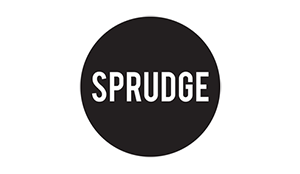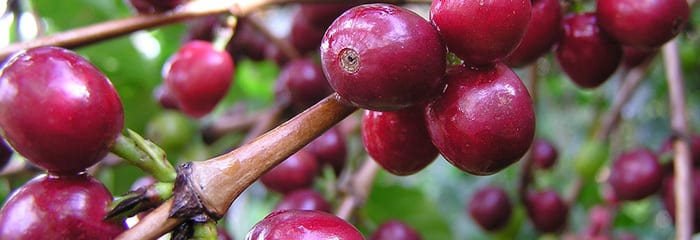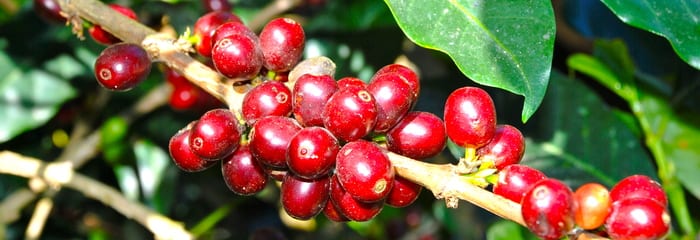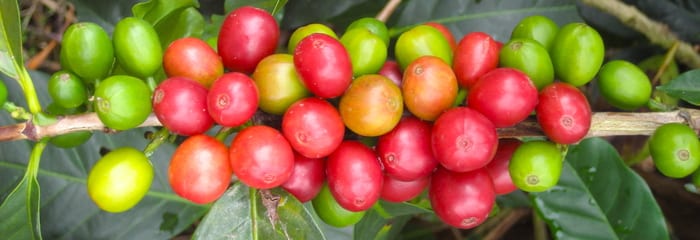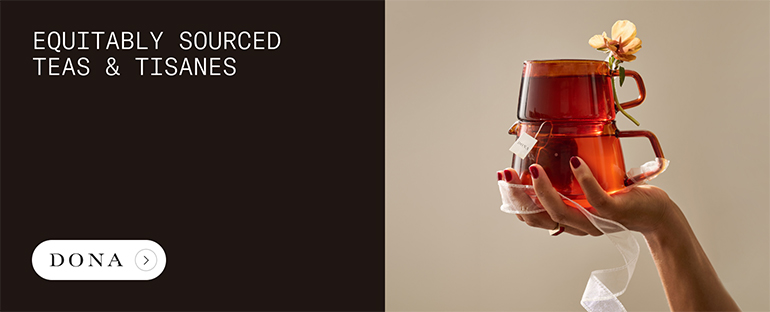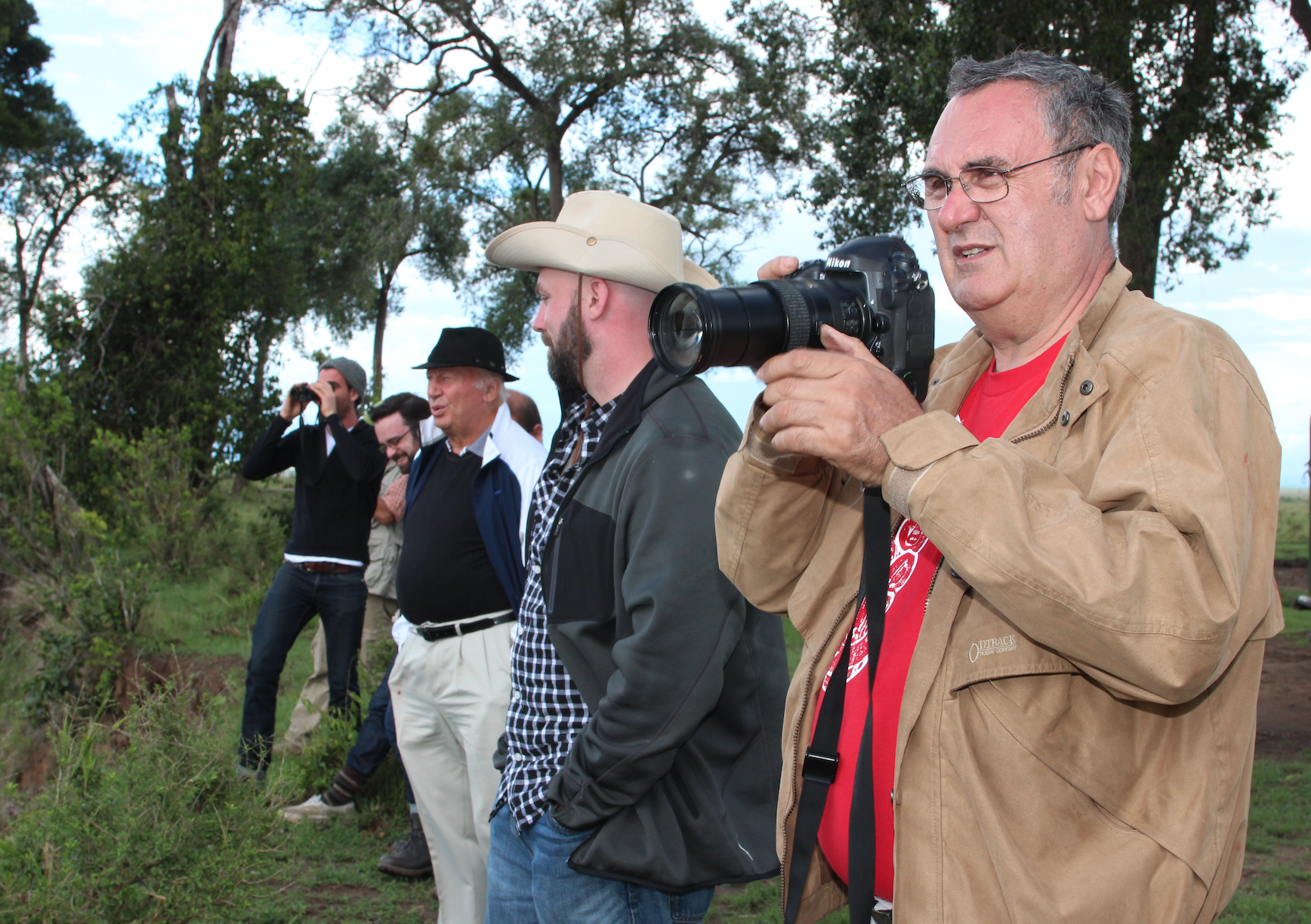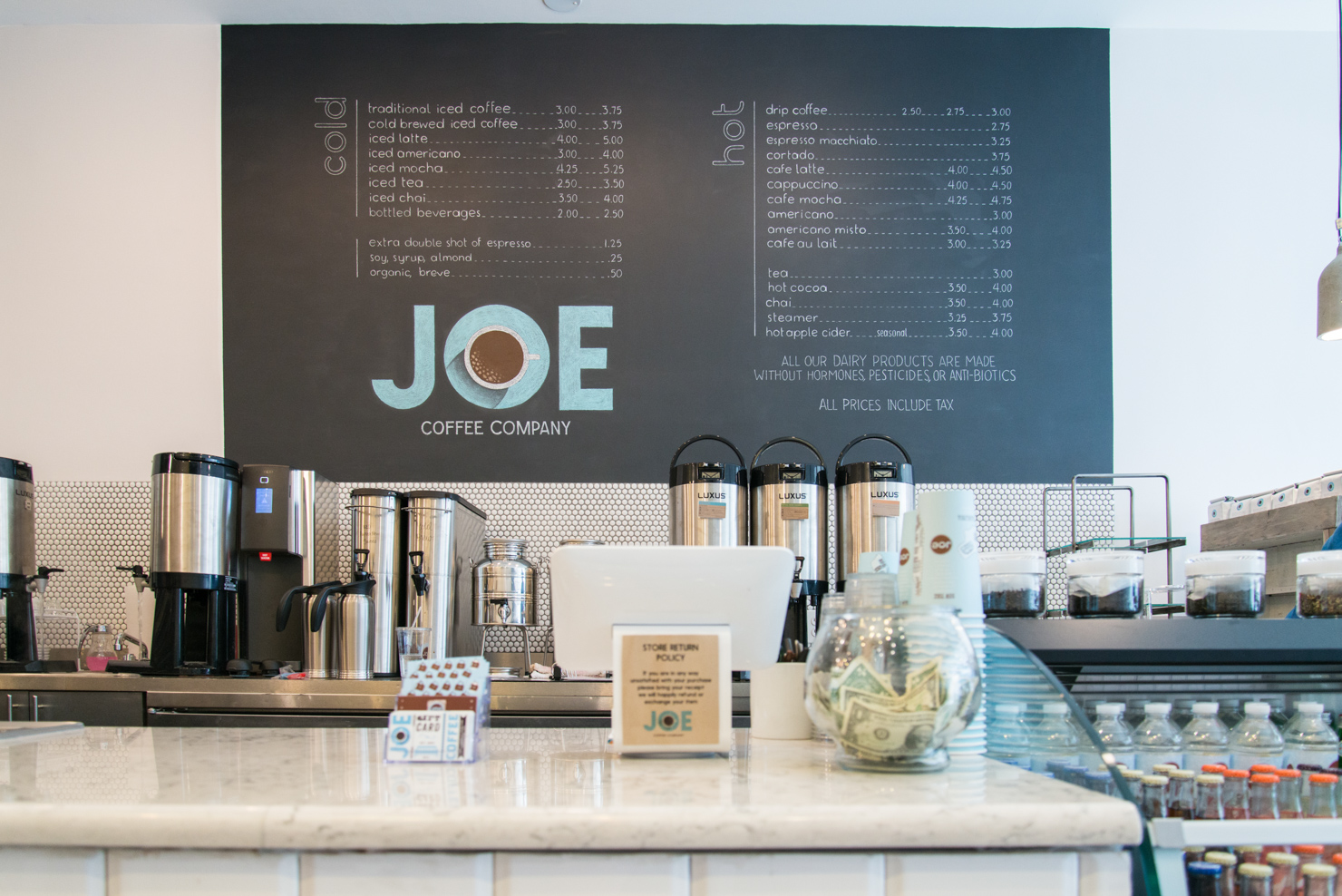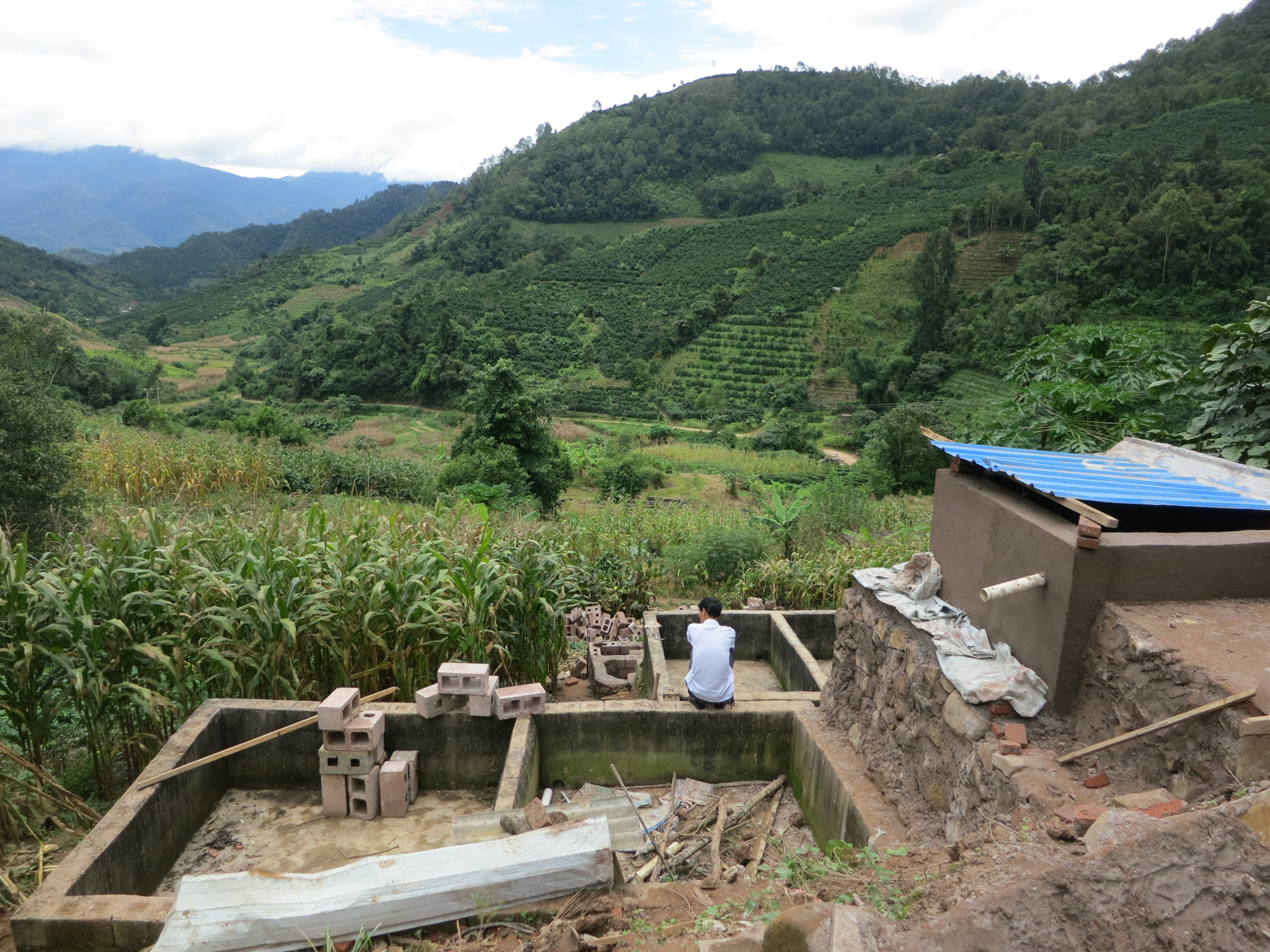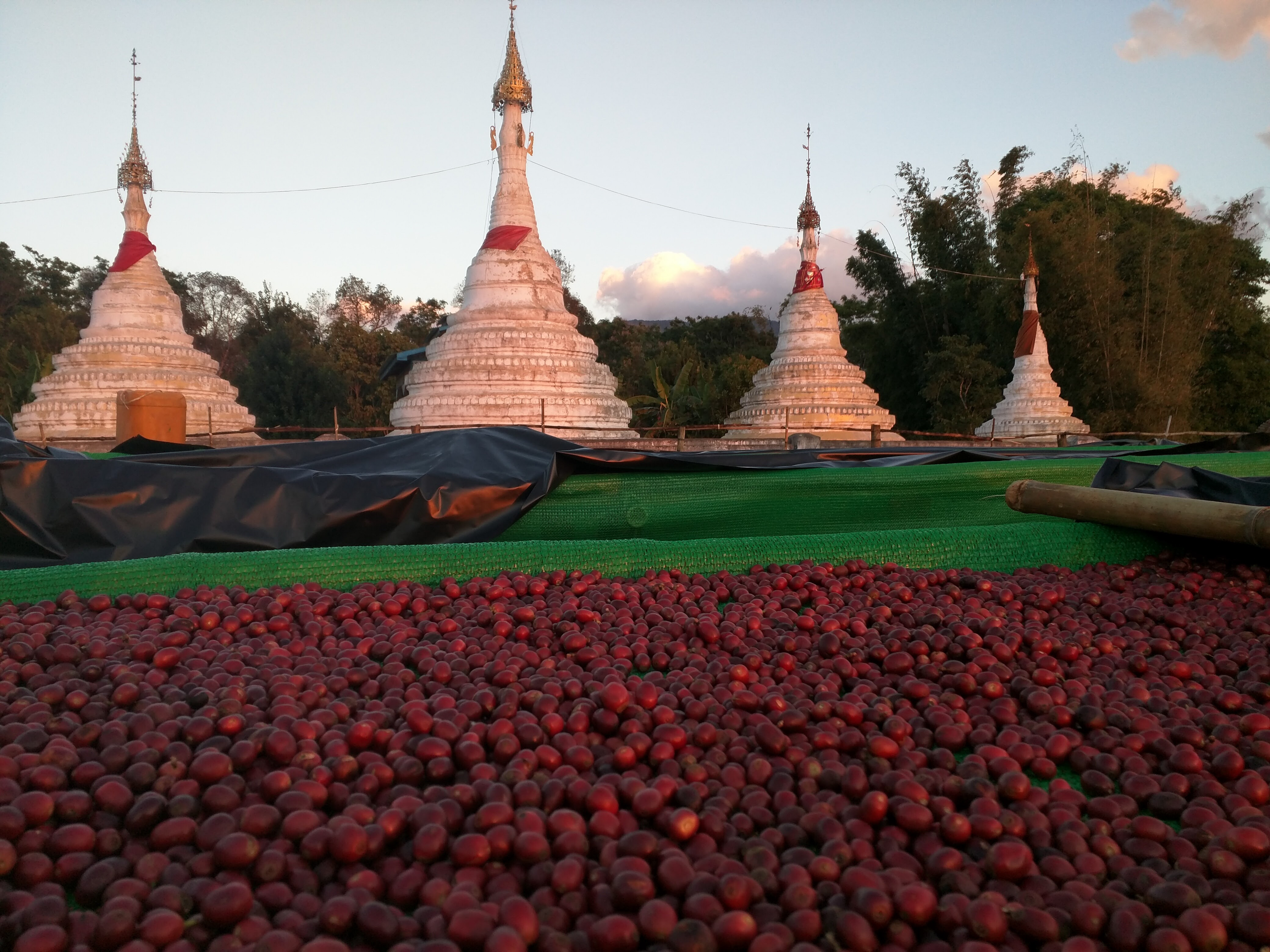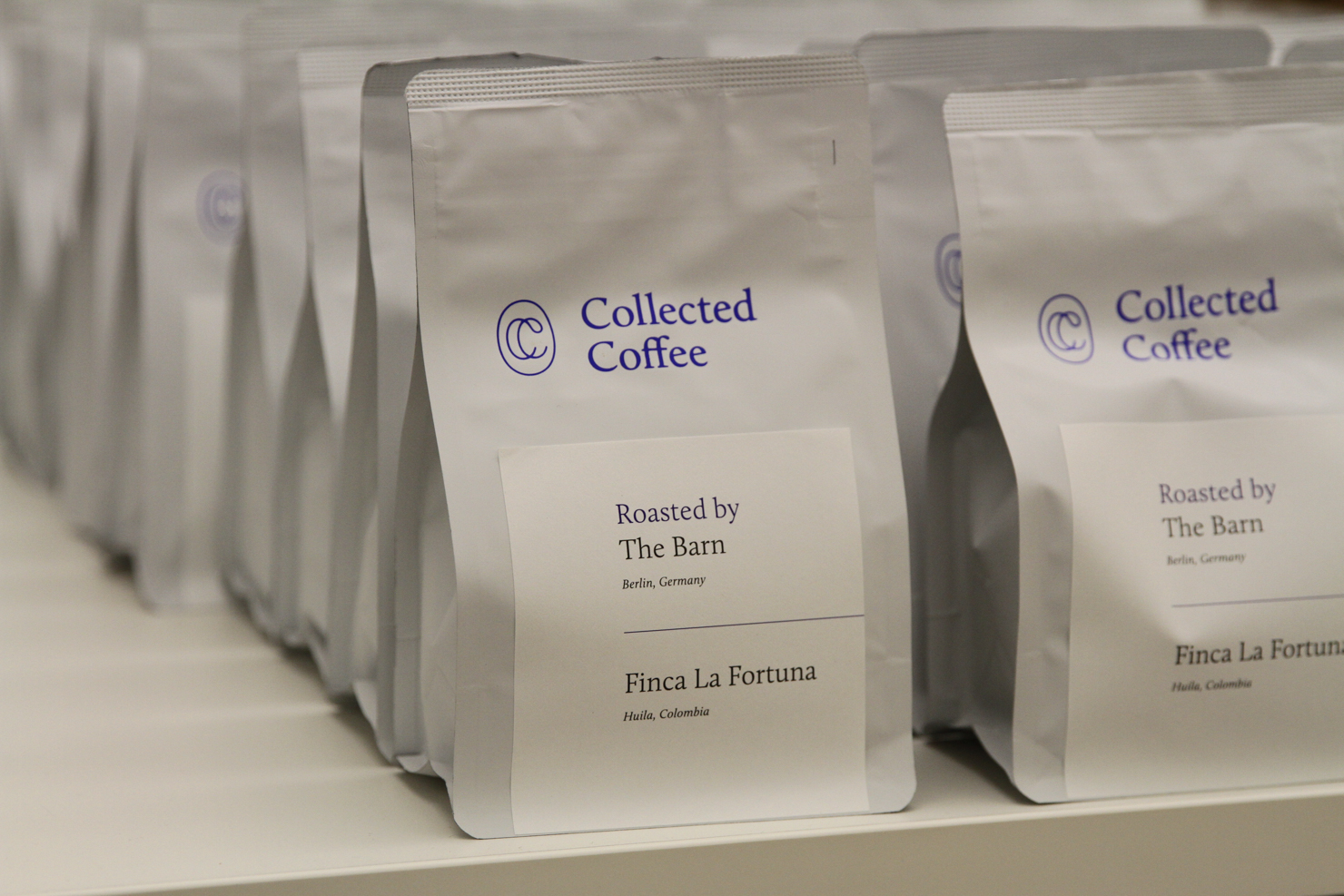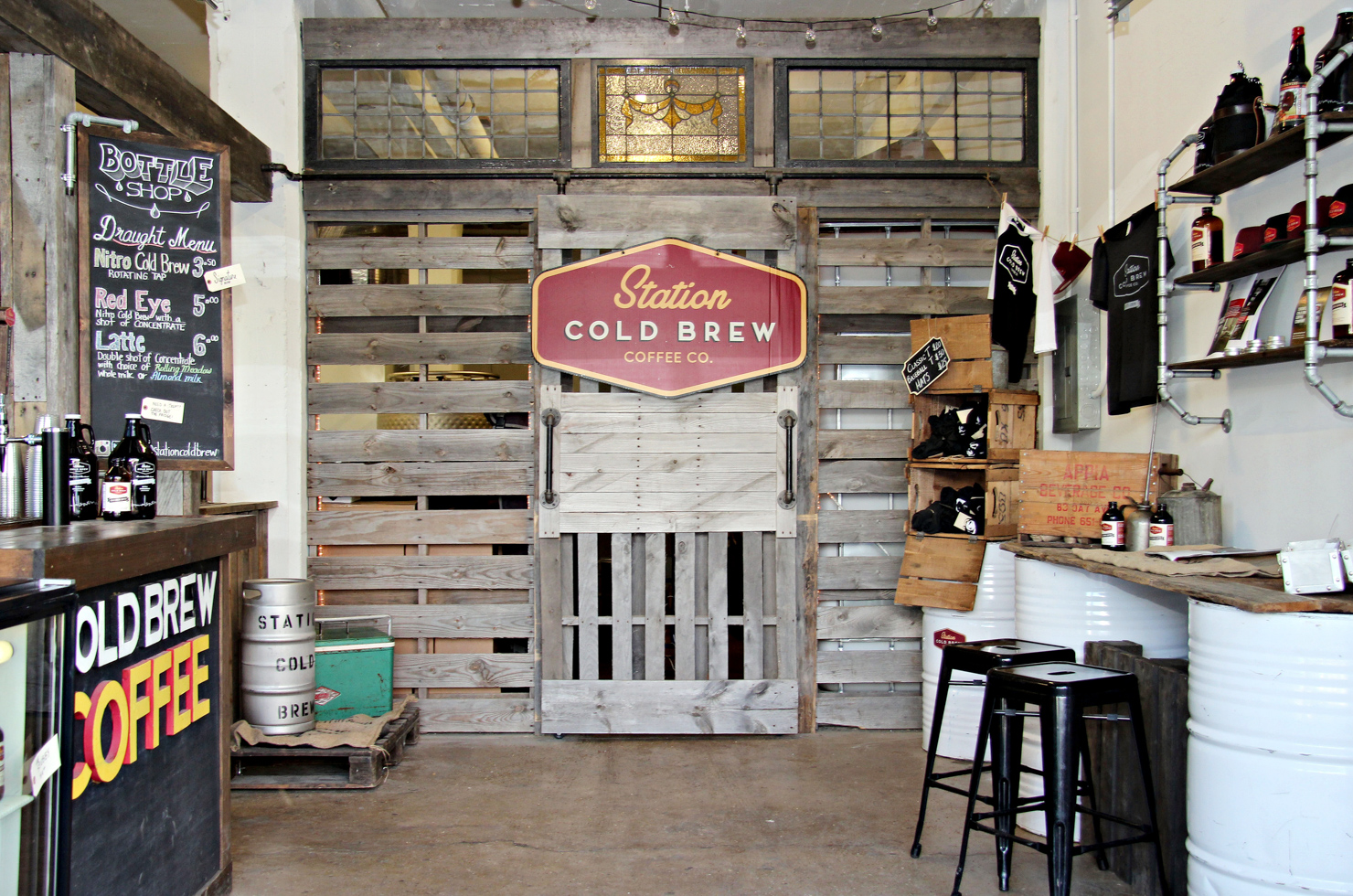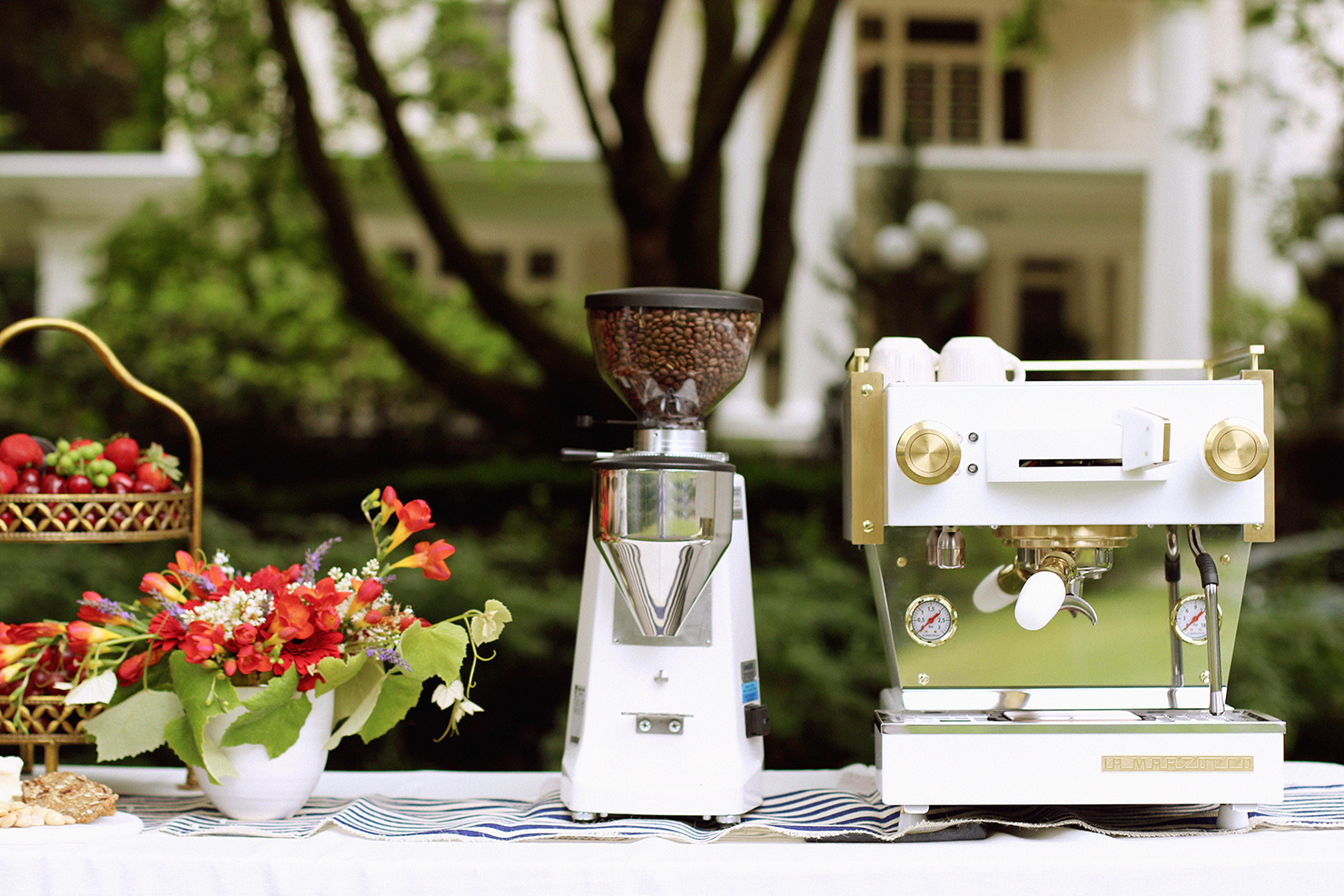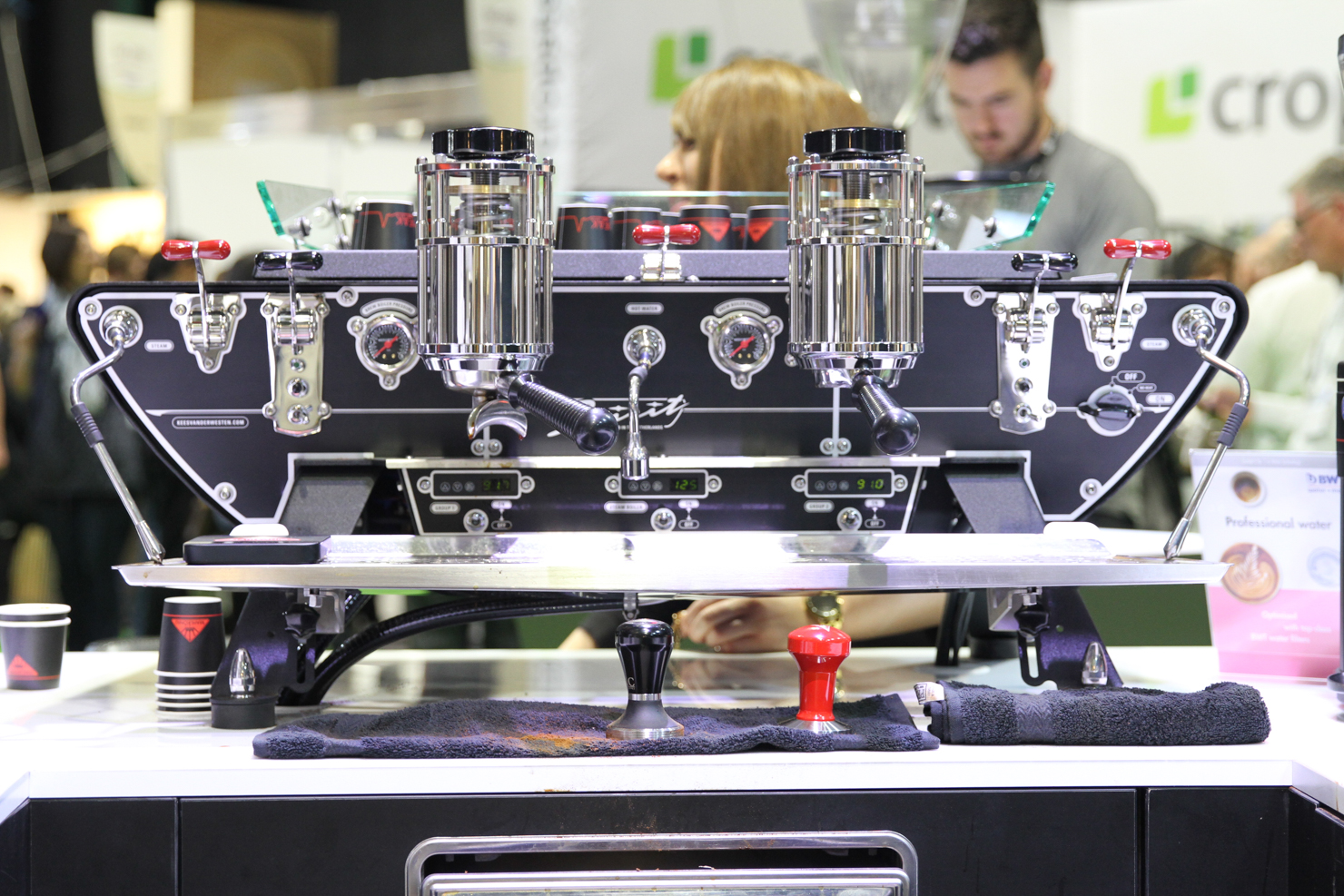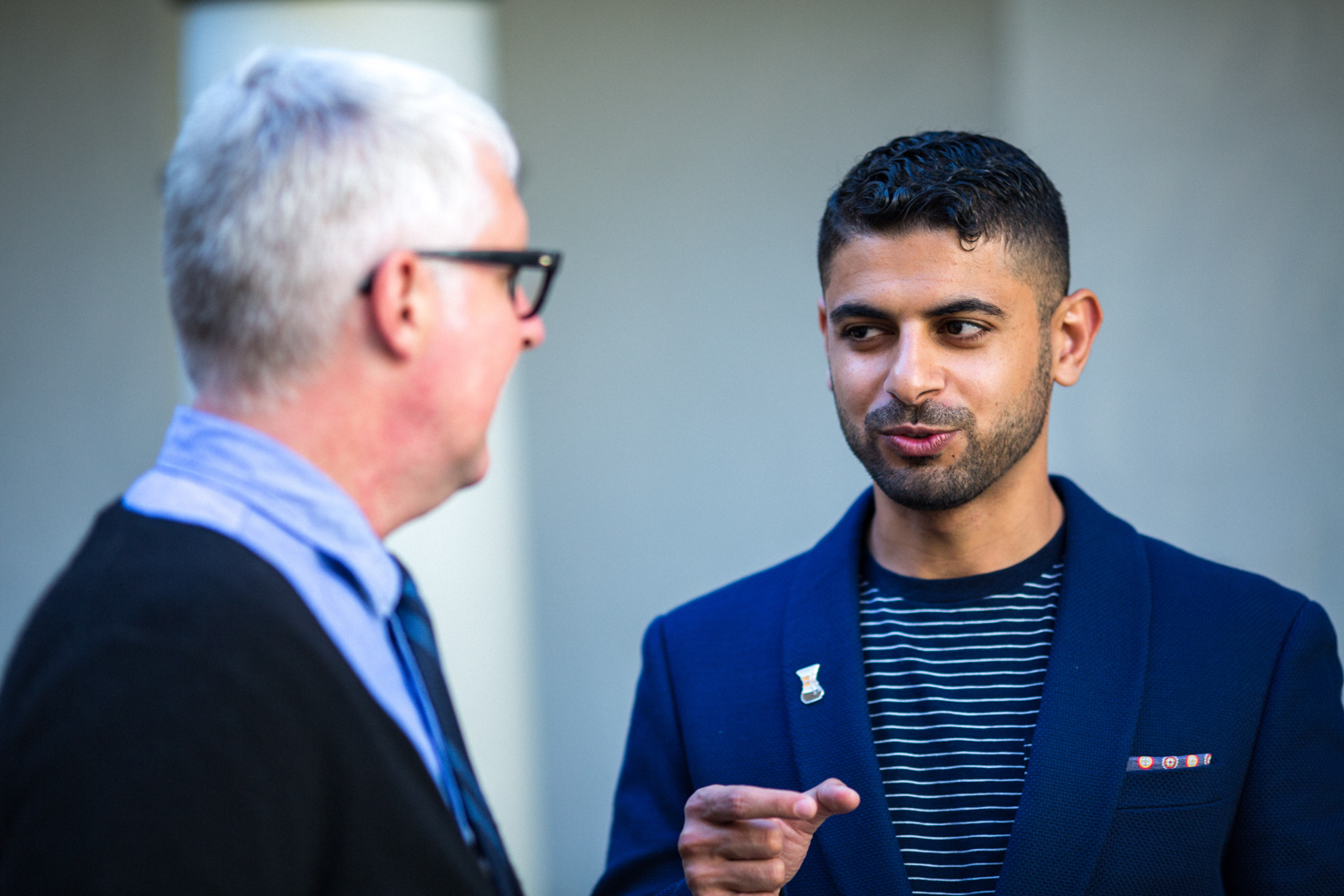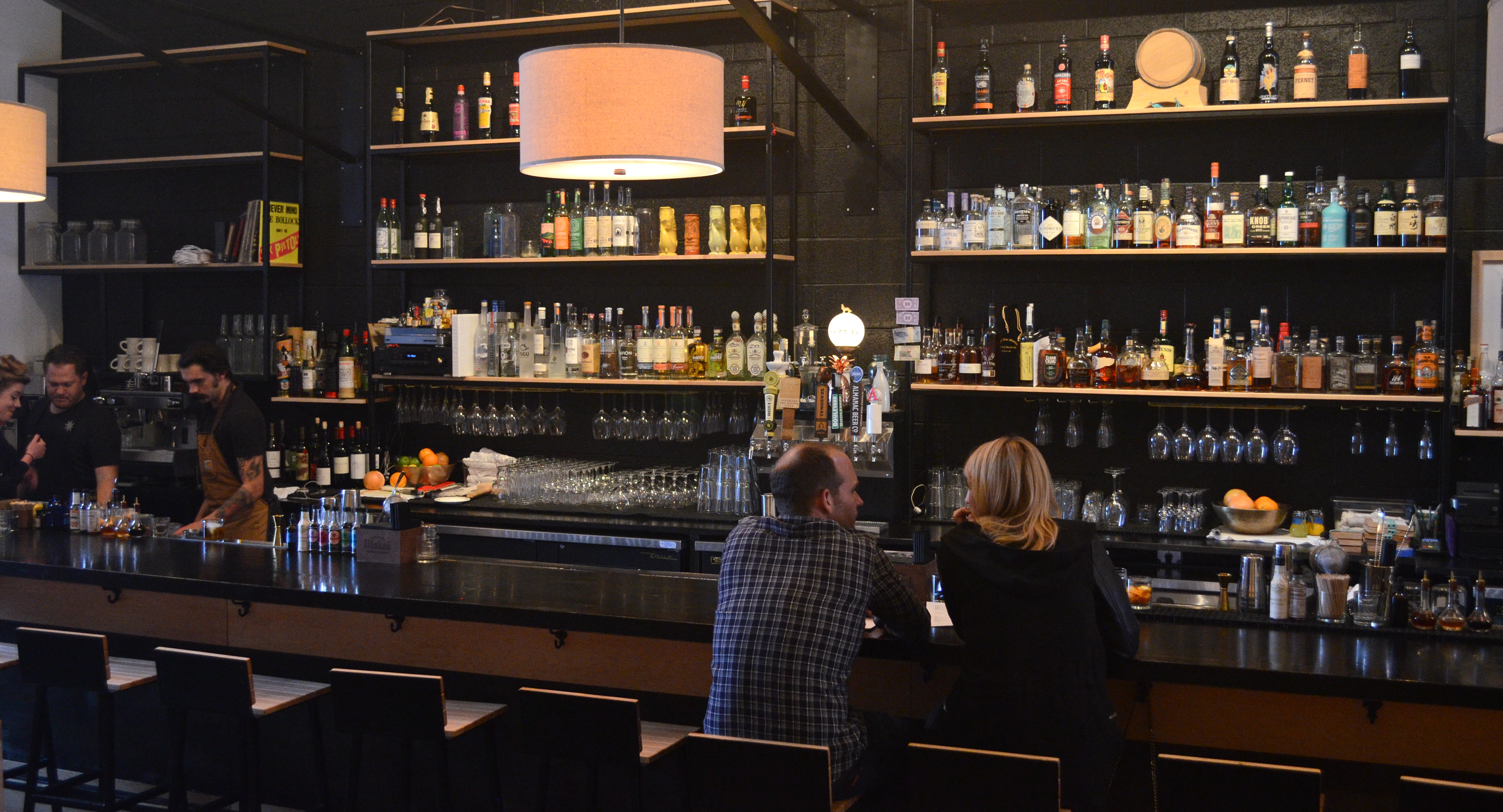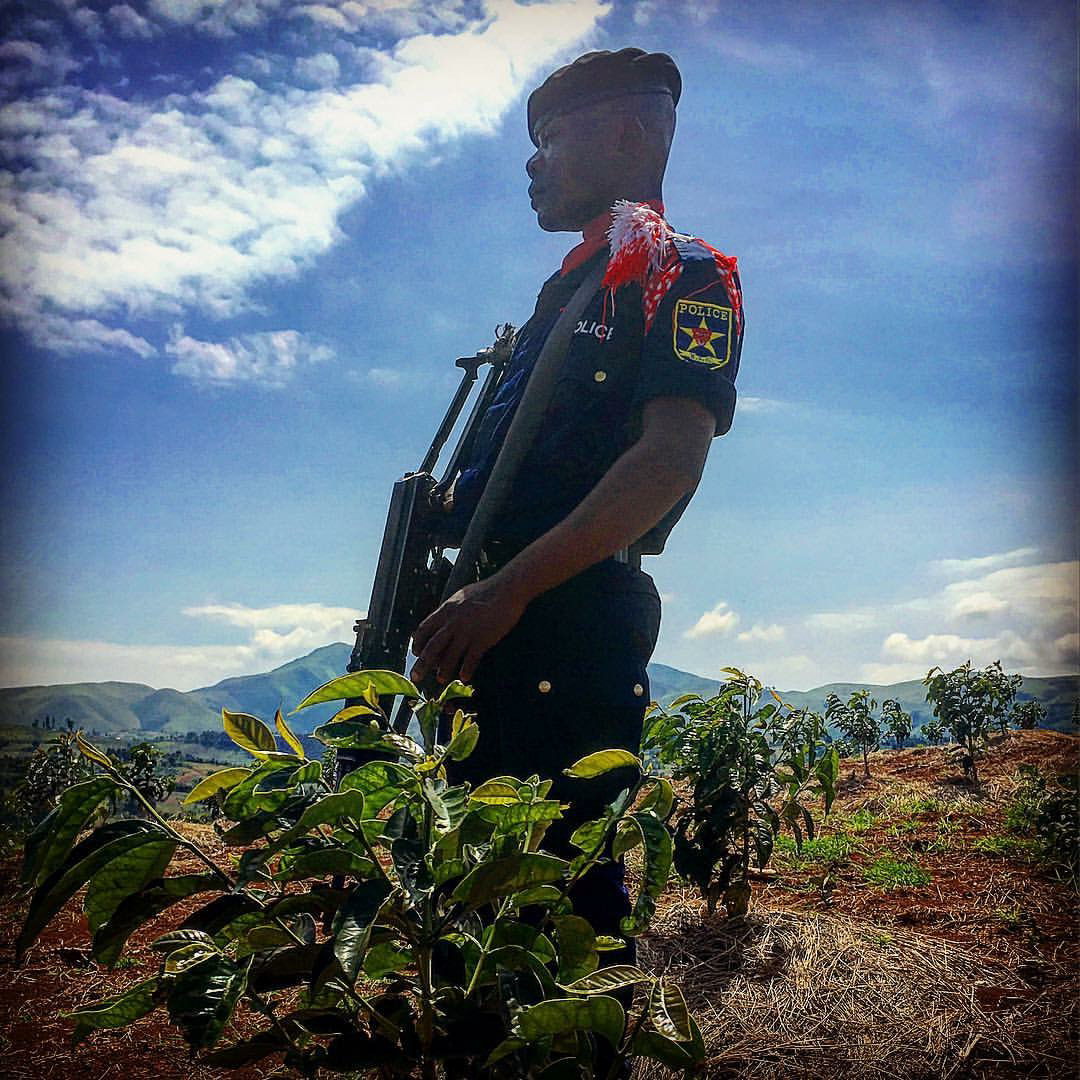Here’s a brief primer on coffee varietals found in Colombia to supplement our “Aguagate” report. Information gathered from Virmax, photos via Stumptown Coffee.
Typica
The first coffee variety introduced to most coffee growing countries (including Colombia). Known to originate from Yemen, it has a conical shape and long stems, which causes it to have low yields. Its fruits are bold and long. It was replaced in Colombia starting in the 1970’s with the Caturra variety, because the latter variety is more productive. Today Typica still represents about 25% of total coffee trees grown in Colombia.
Caturra
Originally discovered in Minas Gerais, Brazil as a natural mutation of the Bourbon variety. It is considered a “dwarf Bourbon” because it is shorter, has more secondary branches than Bourbon and the branch points are very closely spaced. It is precisely this characteristic that confers it higher productivity levels as it can produce more beans in the same space and trees can be grown closer from each other (higher density of trees per hectare). It was first introduced to Colombia in 1952 and widely accepted by coffee growers since the late 1960’s. Approximately 45% of the total trees grown in Colombia are from this variety.
Colombia
A variety obtained by crossing Caturra and the Timor Hybrid, obtained by Cenicafe. It is highly productive and resistant to coffee rust. First released in 1982. Unlike Catimor, this variety is a compound variety, a result of many progenies.
Less Common Varietals:
Bourbon
Originally from the French island of Bourbon (now know as Reunion), it is a natural mutation of Typica. It has less of a conical shape than Typica because the angle between the branches and stem are smaller. It also has more secondary branches and closer branch points in the stems, which make it 20-30% more productive than Typica. Its fruits are small and dense. This variety replaced the Typica variety in Central America and Brazil because of its higher yields. It was never popular in Colombia because of its smaller beans.
Maragogype
Created in Portugal in 1959, this variety is the product of a cross between Caturra and the Timor Hybrid (resistant to rust), precisely to give it high productivity and resistance to the coffee rust. It was widely grown in Brazil. It is not commercially cultivated in Colombia.
Mundo Novo
A natural hybrid between Typica and Bourbon, which was first found in Brazil during the 1950’s. Similar to Typica and Bourbon but more productive. Not commercially cultivated in Colombia.
Tabi
A variety obtained by crossing Typica, Bourbon and Timor Hybrid, obtained by Cenicafe. First released in 2002, it is similar to Typica and Bourbon, being tall and with long branches. Its name Tabi means “good” in the Guambiano (a native Colombian tribe) dialect.
Castillo
Cenicafe’s newest variety, it is a compound variety, highly productive and environmentally adapted to the main coffee growing areas in the country. It is also resistant to the coffee rust.
